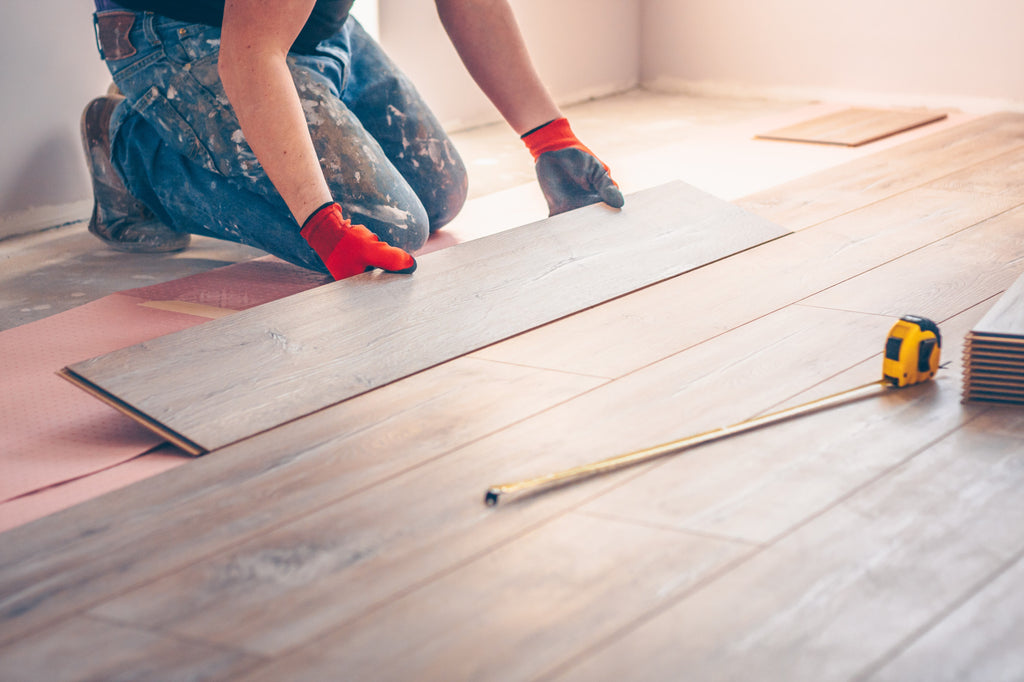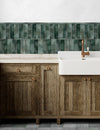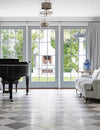
Interior design is an art form that is essential in creating beautiful, functional, and comfortable spaces. It requires creativity, attention to detail, and a deep understanding of how different elements come together to form a cohesive whole. In this blog post, we will discuss the 10 essential elements of interior design that every designer should know.
-
Space
Space is one of the most critical elements of interior design. It refers to the physical area where the design will be created, including the height, width, and depth of the room. Space plays a significant role in determining the overall layout and flow of the design. A well-designed space should have a balance between positive and negative space, allowing the eyes to move around the room comfortably.
-
Line
Lines are another essential element of interior design. They help to create a sense of movement and flow within a space. There are three types of lines used in interior design: horizontal, vertical, and dynamic. Horizontal lines create a sense of stability and calmness, while vertical lines create a sense of height and strength. Dynamic lines, on the other hand, are more playful and create a sense of movement.
-
Form
Form refers to the shape and structure of the design elements within a space. It includes the furniture, accessories, and architectural features. Form helps to create visual interest and balance within a room. It's important to consider the scale and proportion of the different forms in a space to ensure that they work together harmoniously.

-
Texture
Texture refers to the tactile and visual properties of a surface. It includes materials like wood, metal, fabric, and stone. Texture helps to add depth and richness to a space, making it feel more inviting and comfortable. A well-designed space will incorporate a variety of textures to create visual interest and balance.
-
Color
Color is one of the most powerful elements of interior design. It can evoke emotions, create a mood, and add personality to a space. The color palette should be chosen based on the purpose of the room and the mood that the designer wants to create. Warm colors like red, orange, and yellow create a sense of energy and excitement, while cool colors like blue and green create a sense of calm and relaxation.
-
Light
Light is a crucial element of interior design. It can change the mood and atmosphere of a space, highlight specific features, and create a sense of depth and dimension. Natural light is ideal, but artificial lighting can be used to create the desired effect. Different types of lighting, such as ambient, task, and accent lighting, should be used to create a well-lit space that is functional and comfortable.

-
Pattern
Patterns are an important element of interior design. They add visual interest and personality to a space. Patterns can be used in textiles, wallpaper, and accessories. It's important to use patterns in moderation to avoid overwhelming the space. A well-designed space will have a balance between solid colors and patterns.
-
Scale
Scale refers to the size of the design elements within a space. It's important to consider the scale of the furniture, accessories, and architectural features to ensure that they work together harmoniously. A well-designed space will have a balance between large and small-scale elements to create visual interest and balance.
-
Proportion
Proportion refers to the relationship between the different design elements within a space. It's important to consider the proportion of the furniture, accessories, and architectural features to ensure that they work together harmoniously. A well-designed space will have a balance between the different proportions to create visual interest and balance.
-
Unity
Unity is the ultimate goal of interior design. It refers to the sense of harmony and coherence within a space. All of the elements of interior design should work together to create a cohesive whole. A well-designed space will have a unified theme or concept that ties all of the different elements together. Unity can be achieved through the use of color, texture, pattern, and form, among other elements.
In conclusion, interior design is a complex art form that requires a deep understanding of the 10 essential elements we discussed in this blog post. Space, line, form, texture, color, light, pattern, scale, proportion, and unity are all crucial components of a well-designed space. By carefully considering each of these elements, designers can create beautiful, functional, and comfortable spaces that meet the needs and desires of their clients.
Need Help Installing Floors in Your Home? Ask the Experts at Factory Flooring
What type of underlayment should you use? How many inches thick? How do you install it? And how do you avoid damaging your floors in the process?
When you work with Factory Flooring, you don’t have to worry about these questions. Our team of professional flooring installers will handle all the heavy lifting for you — literally. All you have to do is relax and enjoy the savings on your energy bill.
Need to get more flooring ideas first? Our design blog has dozens of articles to help you get started. Whenever you’re ready to tackle your insulation project, we’ll be here to help. Contact us online to get started, or call Factory Flooring at 469-583-7053






